Vivo V40 5G Review: Zeiss optics steal the spotlight
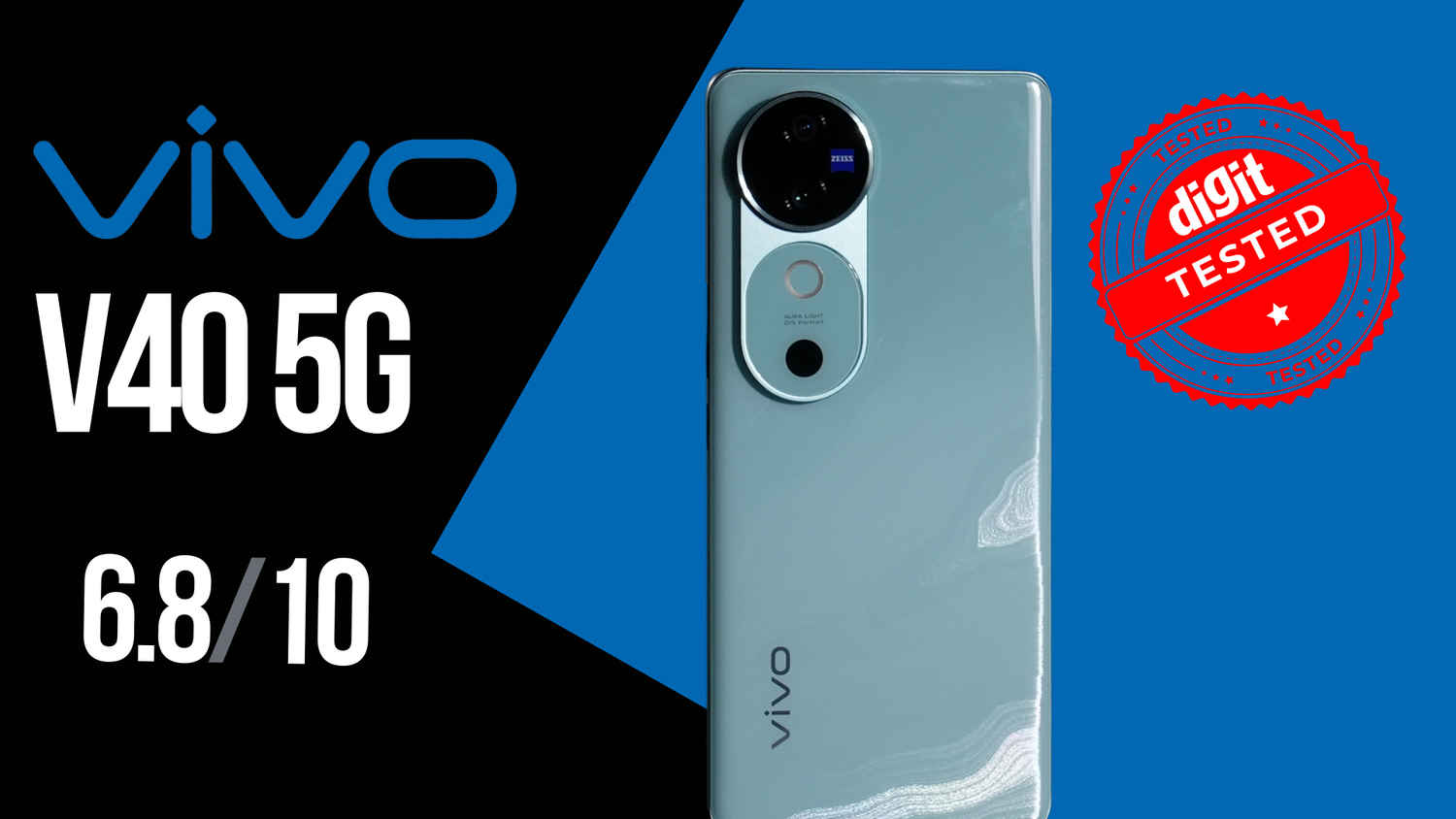
- Sleek and stylish design
- Crisp AMOLED display
- Impressive Zeiss-tuned cameras
- IP68 and IP69 ratings
- Same processor as its predecessor
- Photos occasionally lack detail
- No telephoto shooter
The Vivo V40, with its ₹34,999 price tag, is ready to snap up the competition, especially if you’re a photography buff. Its Zeiss-tuned camera system is the real star of the show, capturing moments in sharp, vibrant detail. The phone also impresses with its sturdy build and IP68/IP69 ratings, making it as tough as it is stylish. The AMOLED display is bright enough to dazzle, and the overall performance is smooth, even if the Snapdragon 7 Gen 3 isn’t exactly breaking new ground.
The mid-range smartphone market is packed with contenders, all vying for the title of the best camera phone. The Vivo V40 emerges as one of the challengers, targeting photography enthusiasts with its Zeiss-tuned camera system. Priced at ₹34,999 for the base variant (8+128 GB), the Vivo V40 packs a punch with premium features such as an IP68/IP69 rating for water and dust resistance, a high-brightness AMOLED display, and a robust build that combines a plastic frame with reinforced aluminium corners.
But does the Vivo V40 have what it takes to stand out in a crowded segment, especially against strong camera-centric competitors like the Honor 200 (review) and the Realme 13 Pro+ (review)? Let’s delve deeper into its capabilities in my detailed review of the Vivo V40.
Vivo V40 5G Review: Slender and suave design
The Vivo V40 sports an elegant design with an eye-catching and modern aesthetic. Its glass back panel features a wave-like pattern that looks quite unique. However, the glossy finish means it’s prone to fingerprints, so you might find yourself wiping it down frequently. The Vivo V40 measures 7.6mm in thickness and weighs 190g, making it slightly thicker and heavier than its predecessor, the Vivo V30.
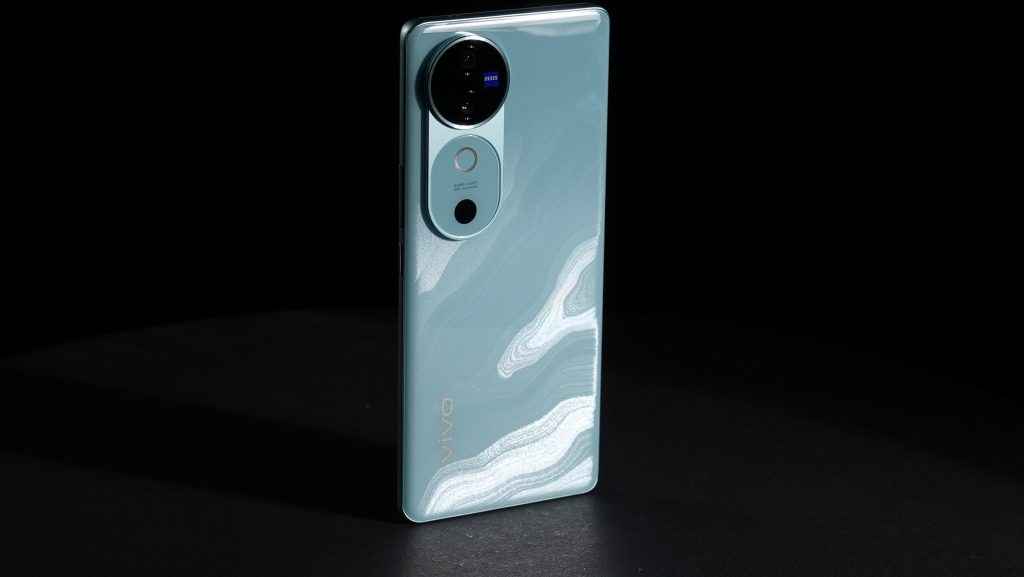
Vivo has reinforced the phone’s plastic frame with aluminium alloy at the corners. This design choice significantly enhances the phone’s durability, especially against those pesky corner drops. Vivo has also upped the ante by equipping the V40 with IP68 and IP69 ratings. These, of course, add another layer of protection, ensuring the phone can withstand dust, dirt, and water immersion, making it more resilient than many of its peers.
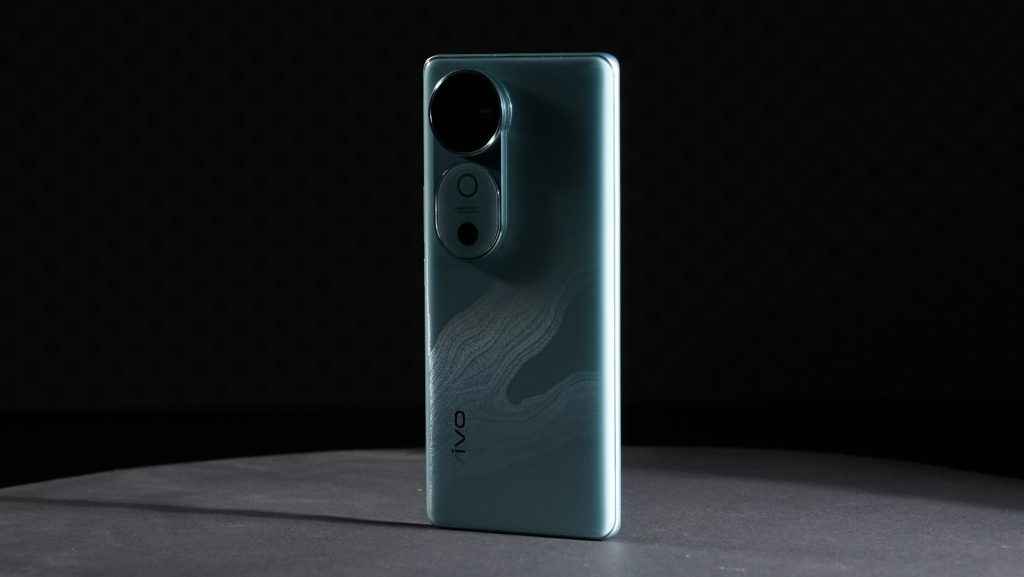
The Vivo V40 is comfortable to hold and use with one hand. The placement of buttons is ergonomic, with the power and volume buttons easily accessible on the right side. The buttons are tactile while also being quiet. The fingerprint sensor, embedded under the display, is quick and reliable, benefiting from the lack of unlock animations that could otherwise slow it down. Overall, the Vivo V40 impresses with its thoughtful design and solid build quality.
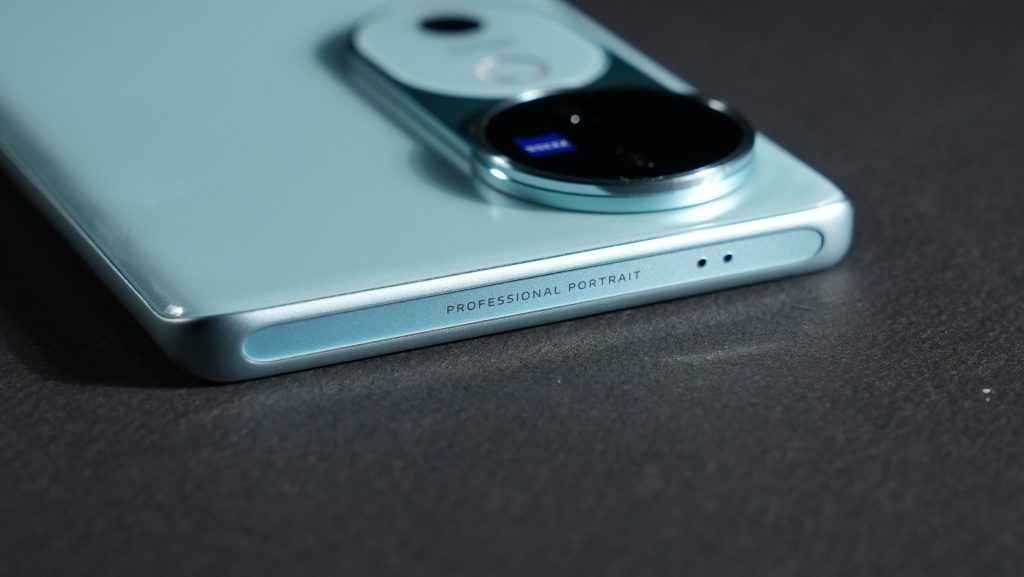
Vivo V40 Review: Bright and crisp AMOLED Display
The Vivo V40 boasts a 6.78-inch AMOLED display with a 1.5K resolution, offering a pixel density of 453 PPI. The display is impressive, outputting sharp, vibrant visuals that are a treat for the eyes. Whether you’re watching HDR content or scrolling through social media, the display delivers excellent colour accuracy and contrast. The phone supports HDR10+ too, but there’s no Dolby Vision support.
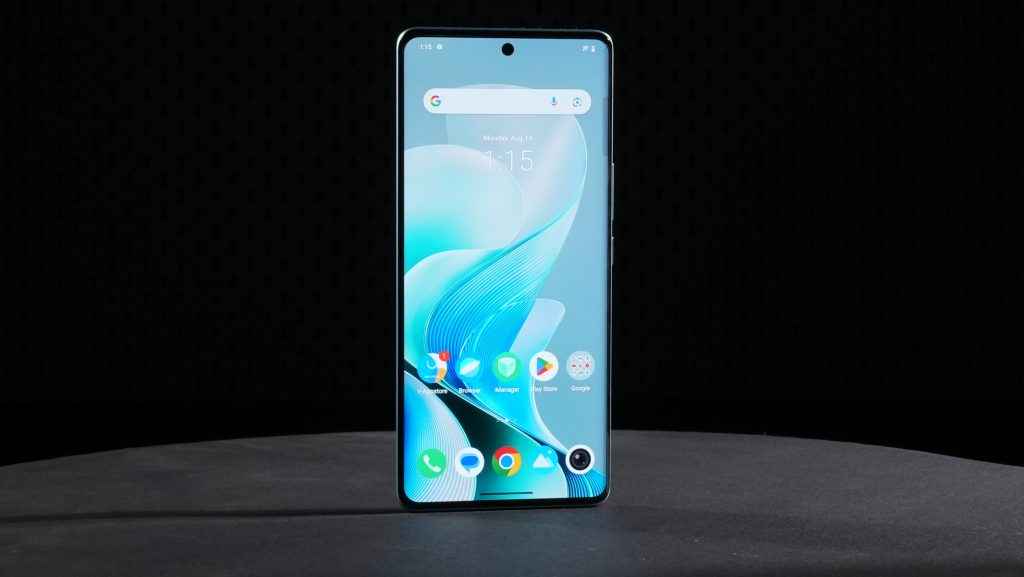
One of the standout features of the Vivo V40’s display is its peak brightness of 4,500 nits, which is significantly higher than most competitors in this price range. However, note that only certain parts of the phone’s display will hit these numbers when watching HDR content. The screen is also incredibly bright and easy to view under direct sunlight. I got a peak brightness reading of 1,190 nits under sunlight, but I’m sure the phone can push out more nits on brighter days when on Auto Brightness. However, the Honor 200 is generally brighter in regular use.
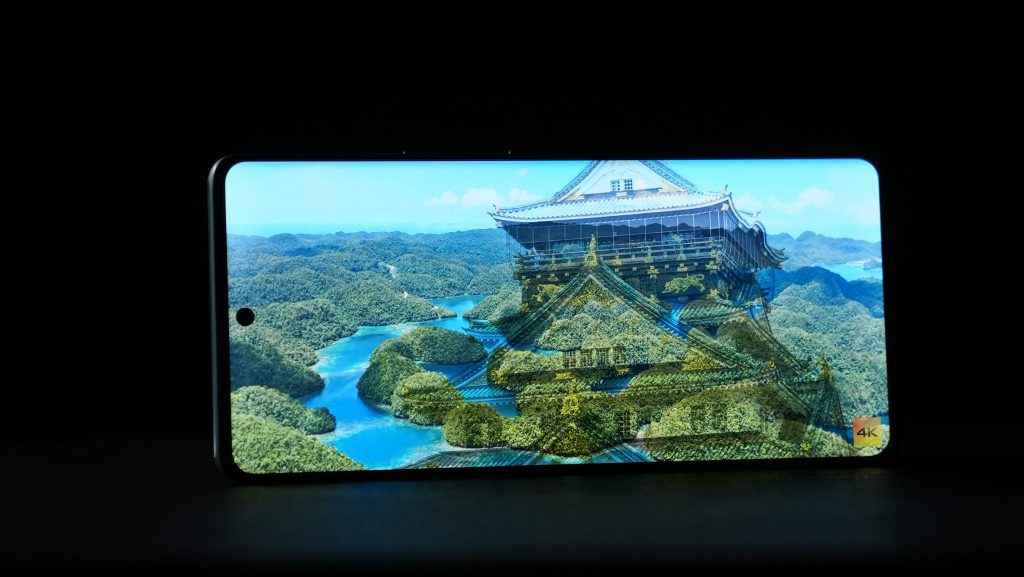
The display supports 120 Hz refresh rate which provides smooth scrolling and a pretty fluid user experience. The display is also protected by Schott Xensation Alpha glass, which adds durability and resistance to scratches and minor impacts. However, the Realme 13 Pro+ is ahead of the pack here with Gorilla Glass 7i protection.
How’s the performance and UI?
Under the hood, the Vivo V40 is powered by the Snapdragon 7 Gen 3 processor, a chipset that’s known for delivering pretty reliable mid-range performance. In fact, the HONOR 200, another mid-range camera-centric phone, also features the same SoC. However, it’s disappointing to see that Vivo has chosen to power the V40 with the same SoC as its predecessor, meaning you cannot expect a jump in performance this generation. The company pairs the processor with up to 12 GB of LPDDR4X RAM and 512 GB of UFS 2.2 storage.
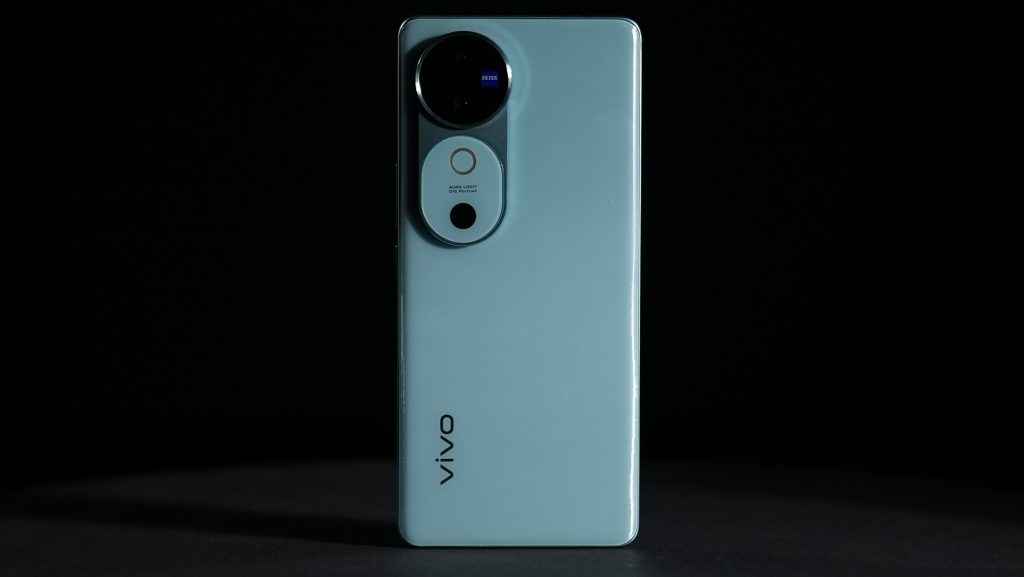
Now, the Vivo V40 is well-equipped to handle multitasking, light to medium gaming, and day-to-day activities without breaking a sweat. In benchmark tests, the Vivo V40 performs admirably, though it slightly lags behind the Honor 200 in most categories. However, the phone consistently performs better than the Realme 13 Pro+, which could be chalked up to the fact that it houses a slightly inferior processor.
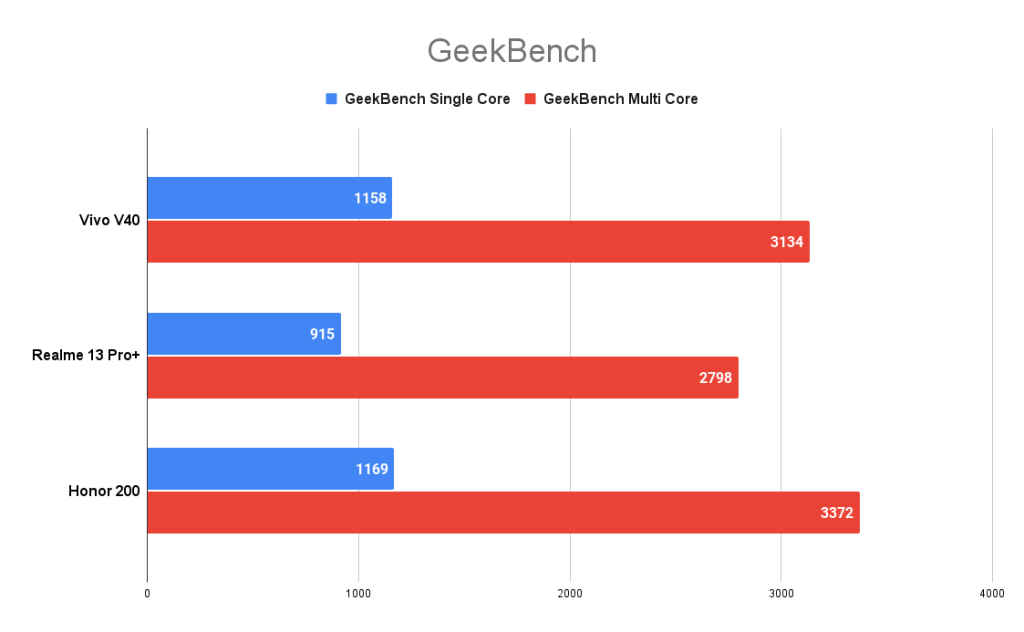
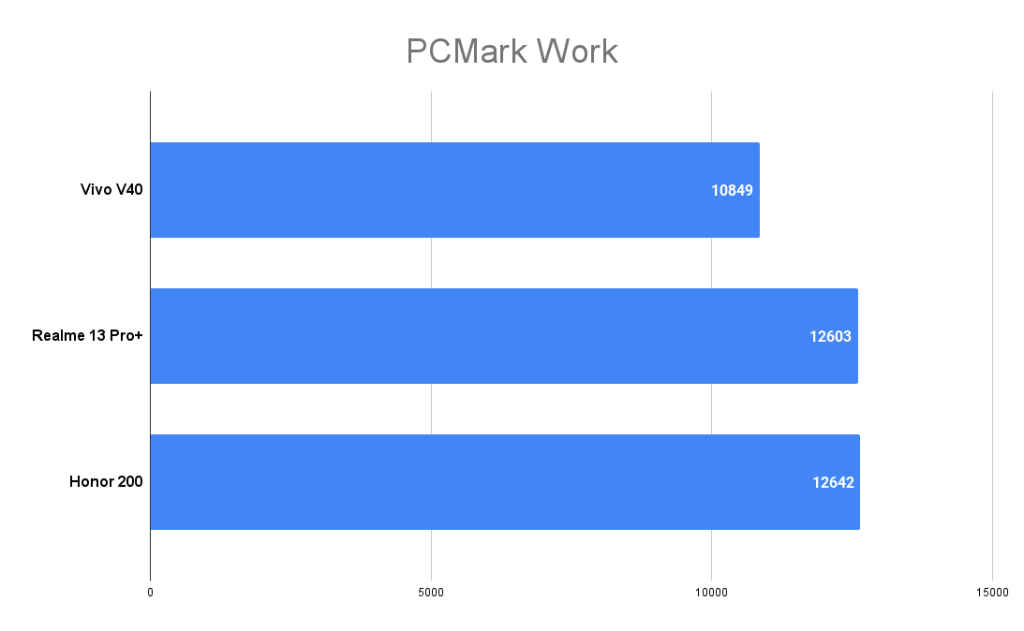
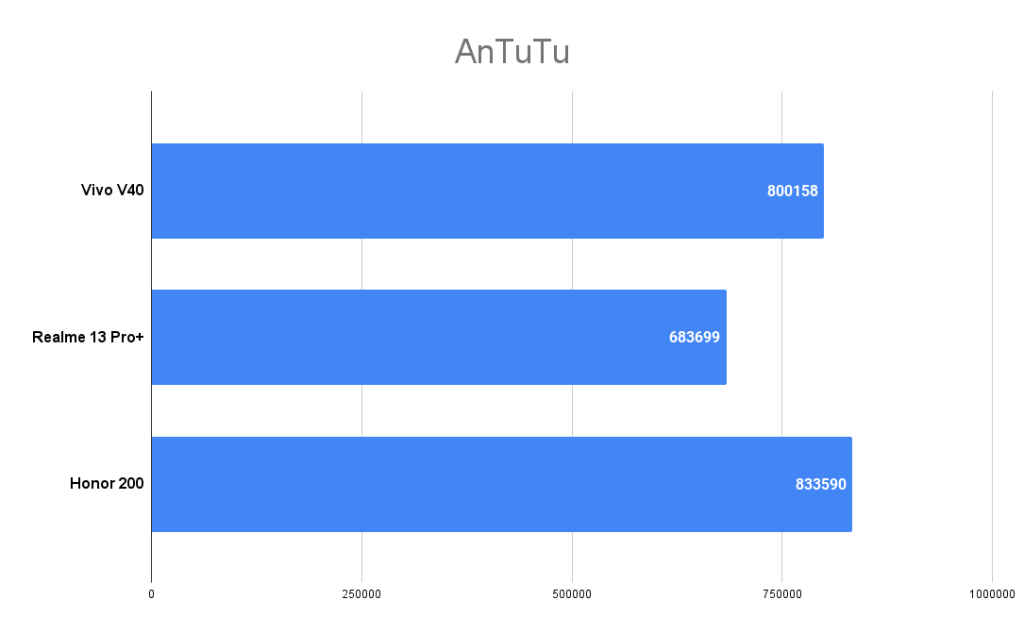
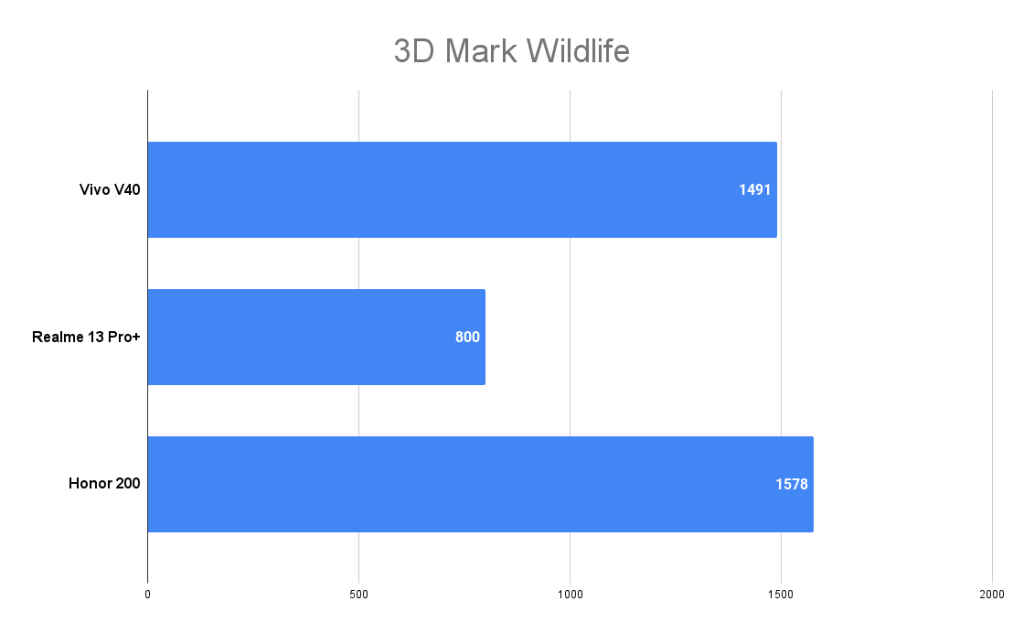
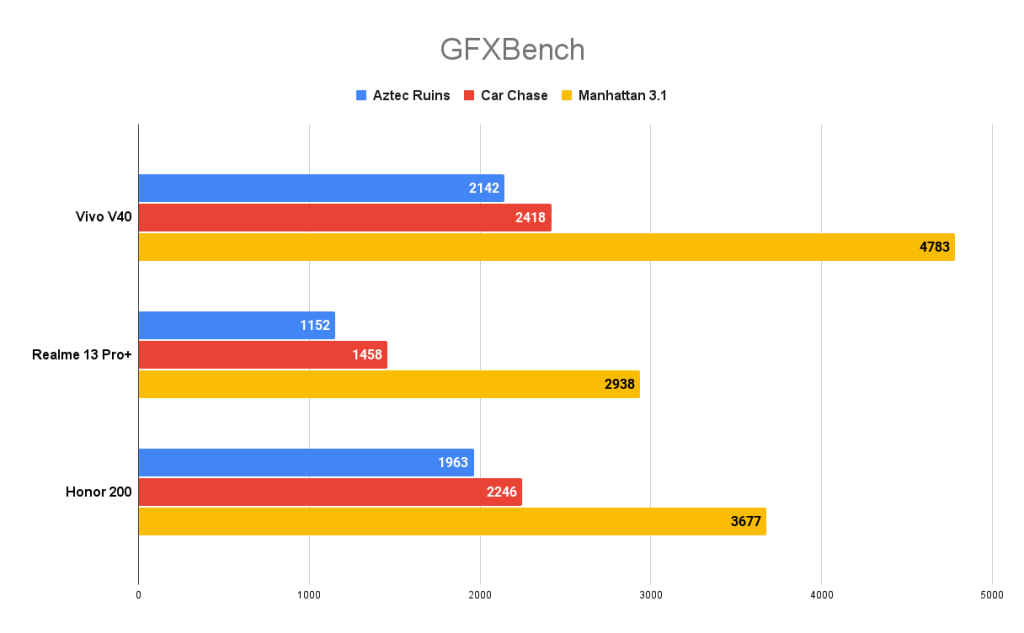
Apps open quickly, and switching between them is seamless. The phone also handles low to medium graphics settings in games like BGMI and Call of Duty Mobile with ease, maintaining consistent frame rates with minimal drops. The V40 also doesn’t throttle too much. It maintains performance, throttling to only 90% of its peak performance after 15 minutes of running the CPU Throttling Test. Both the Honor 200 and Realme 13 Pro+ throttled more in the same test.
On the software front, the Vivo V40 runs FuntouchOS 14, based on Android 14. The interface comes with its fair share of bloatware. Fortunately, most of these pre-installed apps can be uninstalled or disabled, but I’d prefer it if the device were cleaner out of the box. Vivo promises two major OS updates and three years of security patches, which is decent but not as extensive as the Honor 200’s 3+4 years update policy.
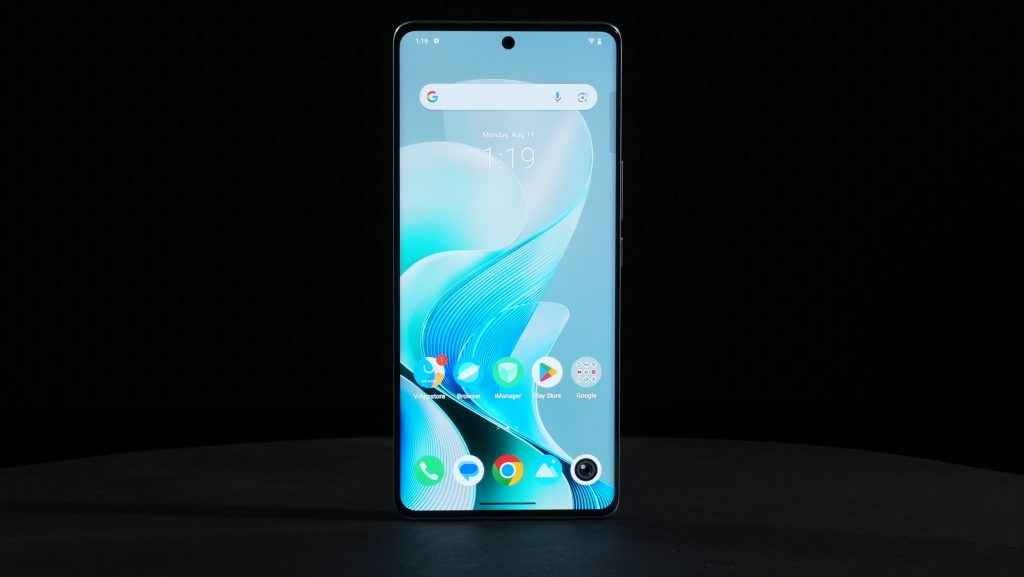
As for AI, the integration in the Vivo V40 is mostly centred around the camera, enhancing features like scene recognition and portrait mode. In Digit’s AI-Q test, the Vivo V40 scored 65/100, slightly edging out the Honor 200.
Zeiss tuned cameras shine!
The camera system is where the Vivo V40 truly sets itself apart. Co-engineered with Zeiss, the V40’s dual-camera setup consists of a 50 MP main sensor and a 50 MP ultrawide lens. The Zeiss collaboration is a massive advantage, and the proof is in the pudding: the photos generally look better than its predecessor’s and Zeiss’ portrait filters and focal lengths make a world of difference. However, the lack of a telephoto camera is a hard pill to swallow since both the Honor 200 and the Realme 13 Pro+ have capable telephoto cameras.
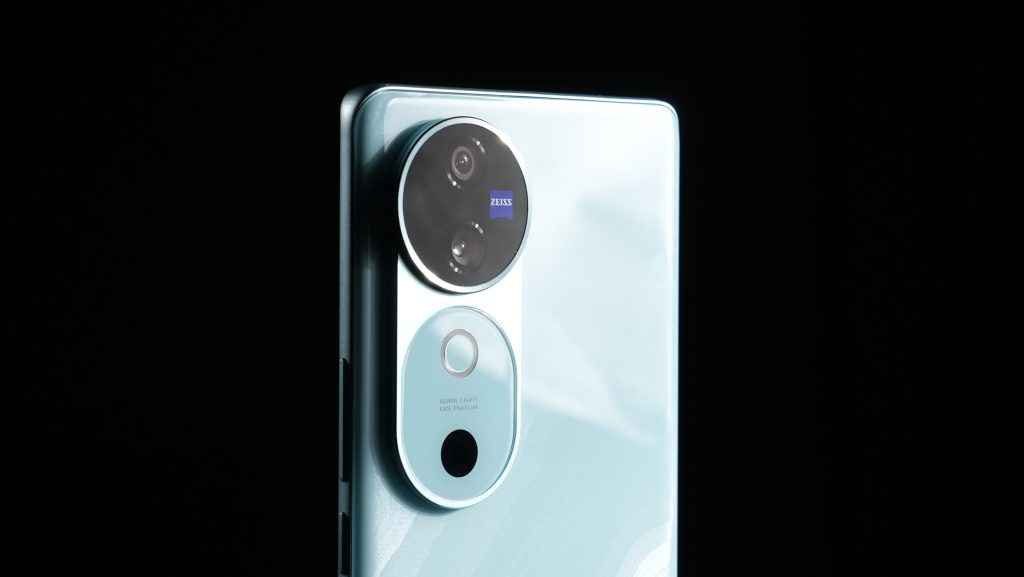
Now, the phone generally captures vibrant photos with good dynamic range, with a particular emphasis on portrait shots. The Zeiss tuning ensures that colours are accurate and the dynamic range is well-managed, although the warmer tones in photos might sometimes appear slightly exaggerated at times. The detail also isn’t as crisp as I would have liked in some instances, but these occurrences were rare.
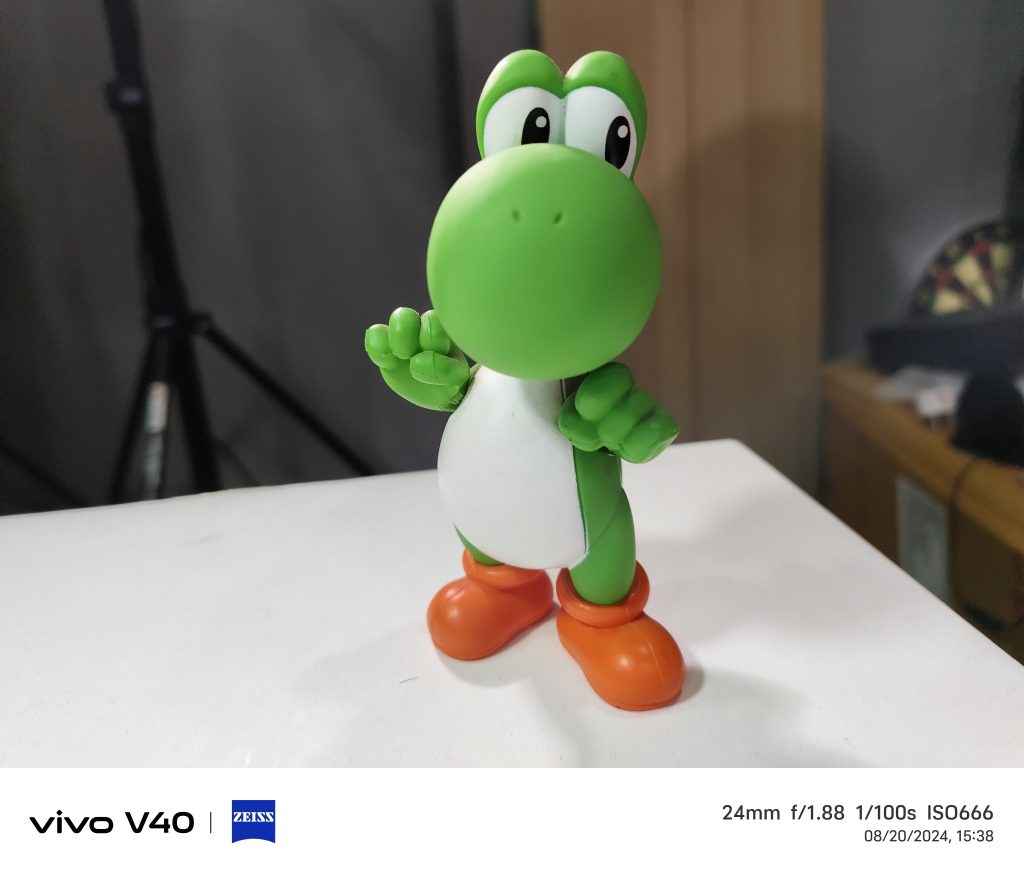

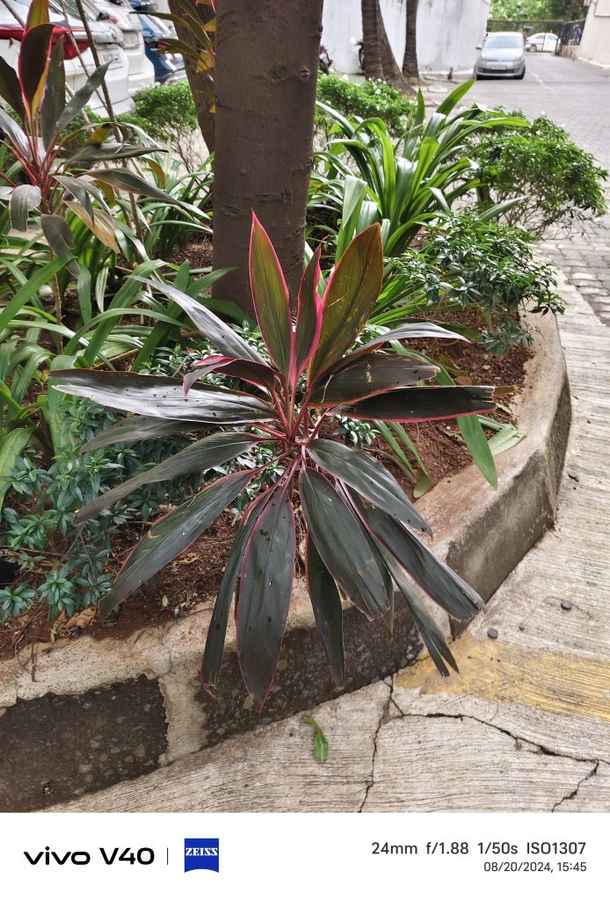
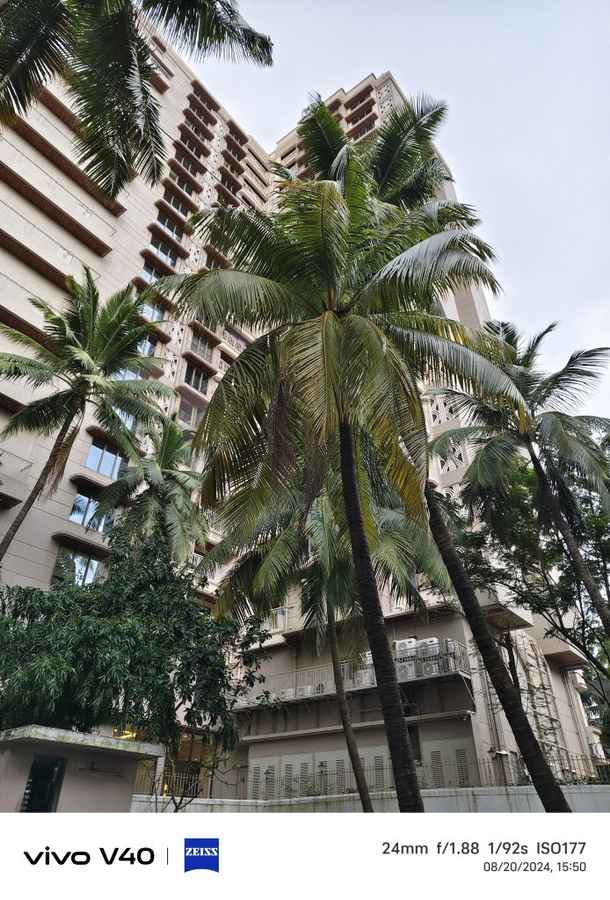

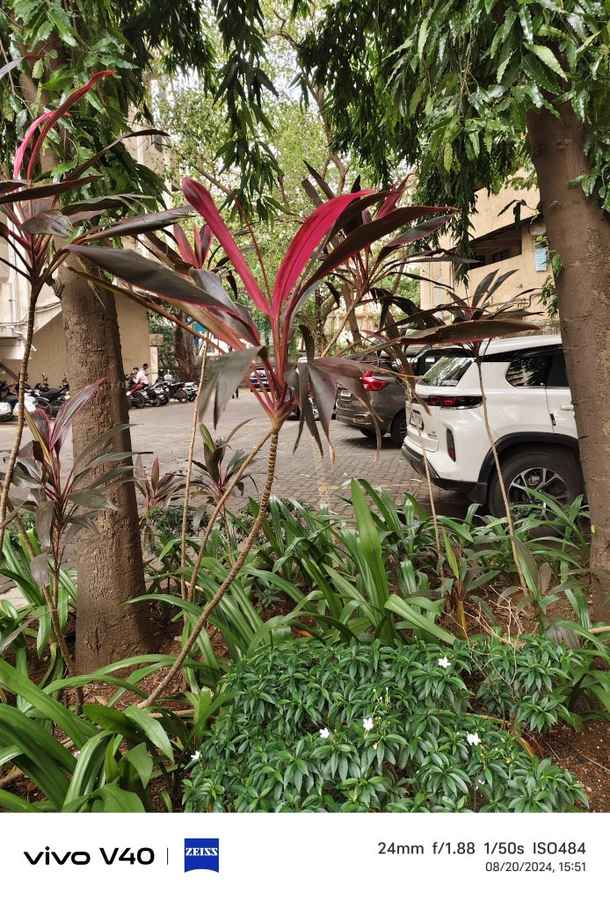
In daylight conditions, the Vivo V40 excels, delivering good images with solid contrast and minimal noise. Portraits are a strong point for the V40, thanks to the advanced depth-sensing capabilities that produce natural-looking bokeh effects. The ultrawide lens is equally impressive, offering consistent colour reproduction and excellent dynamic range, even in challenging lighting situations.

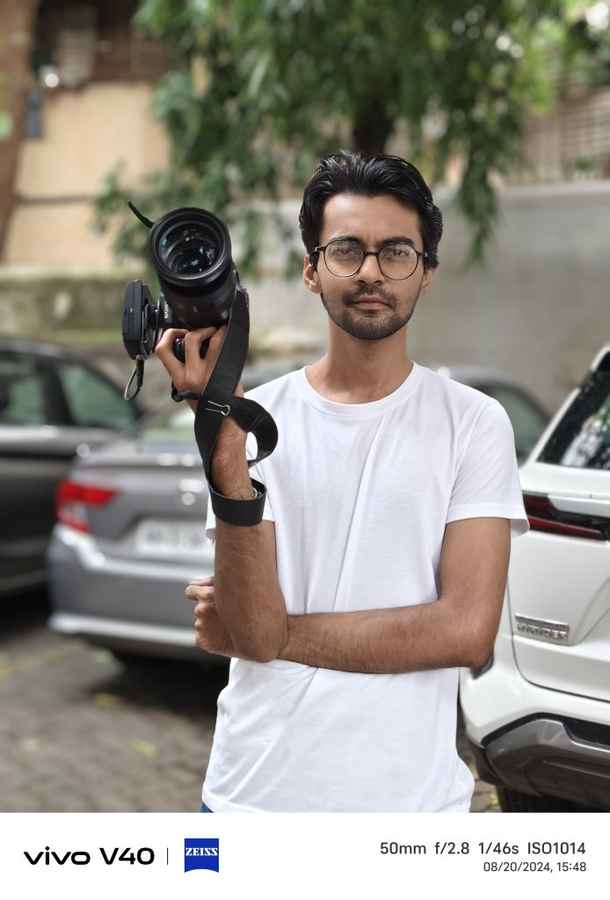
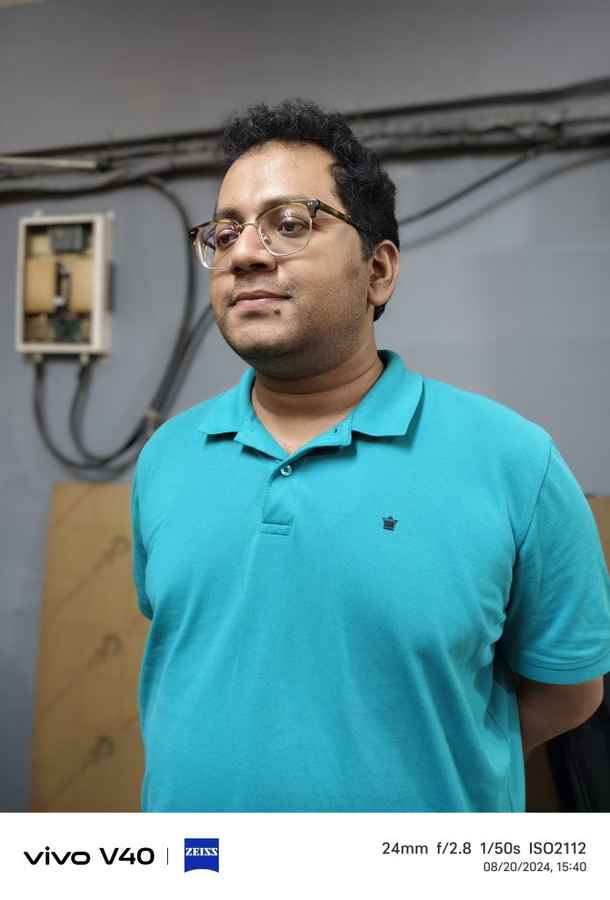

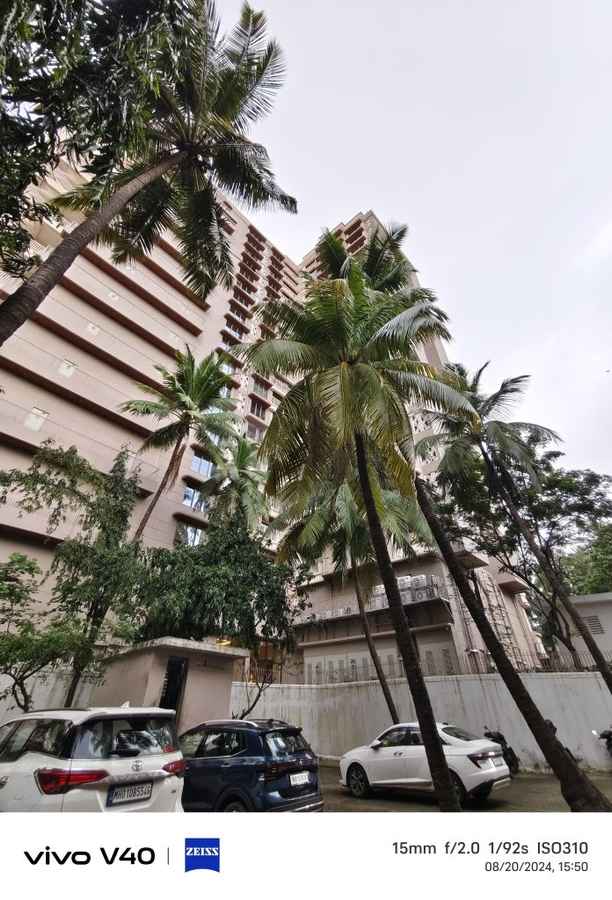
Low-light photography is another area where the Vivo V40 outperforms its competition. The phone’s main sensor is capable of capturing images with good detail retention, even in dimly lit environments. While the Honor 200 struggles with noise in low-light scenarios, the Vivo V40 manages to keep it under control, producing cleaner and more usable shots.





Selfies are another highlight of the Vivo V40, with its 50 MP front camera delivering highly detailed and colour-accurate images. Whether you’re snapping photos in good lighting or low light, the V40’s selfie camera consistently produces excellent results.
Vivo V40 Review: Good battery life
The Vivo V40 is equipped with a 5,500 mAh battery, which provides solid battery life for a device in its category. In real-world usage, the V40 comfortably lasts through a full day of moderate use, including tasks like web browsing, video streaming, and gaming. In the PCMark Battery test, the V40 lasted for 15 hours and 3 minutes, which is commendable but falls short compared to the Honor 200’s impressive 18-hour performance.
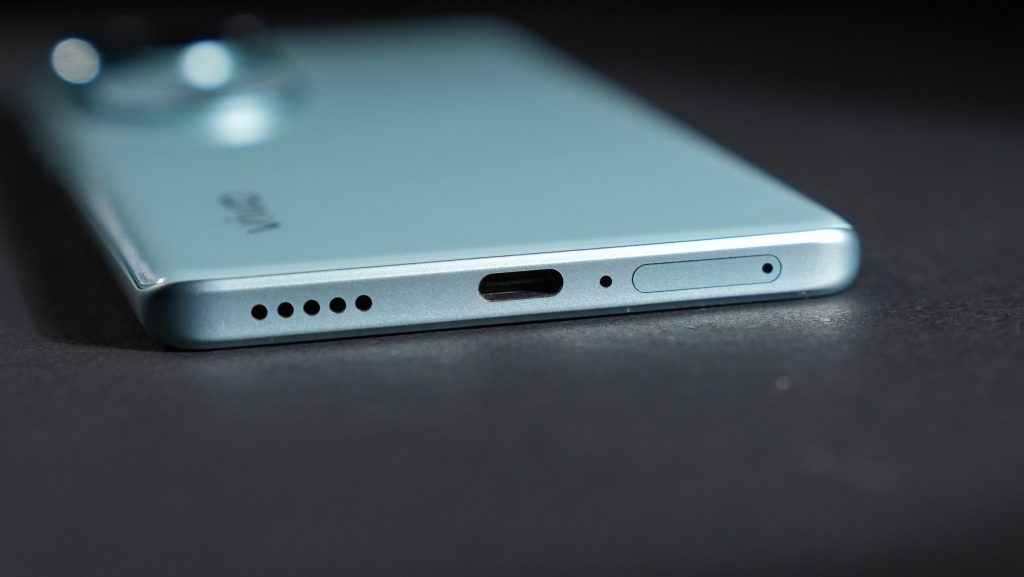
Charging the V40 is quick and convenient, thanks to the 80 W fast charging support. The phone can go from 0 to 100% in approximately 46 minutes, making it easy to top up the battery in a short amount of time. Overall, the Vivo V40 offers reliable battery life and fast charging, even if it isn’t the best in its class.
Should you buy the Vivo V40?
The Vivo V40, with its ₹34,999 price tag, is ready to snap up the competition, especially if you’re a photography buff. Its Zeiss-tuned camera system is the real star of the show, capturing moments in sharp, vibrant detail. The phone also impresses with its sturdy build and IP68/IP69 ratings, making it as tough as it is stylish. The AMOLED display is bright enough to dazzle, and the overall performance is smooth, even if the Snapdragon 7 Gen 3 isn’t exactly breaking new ground.
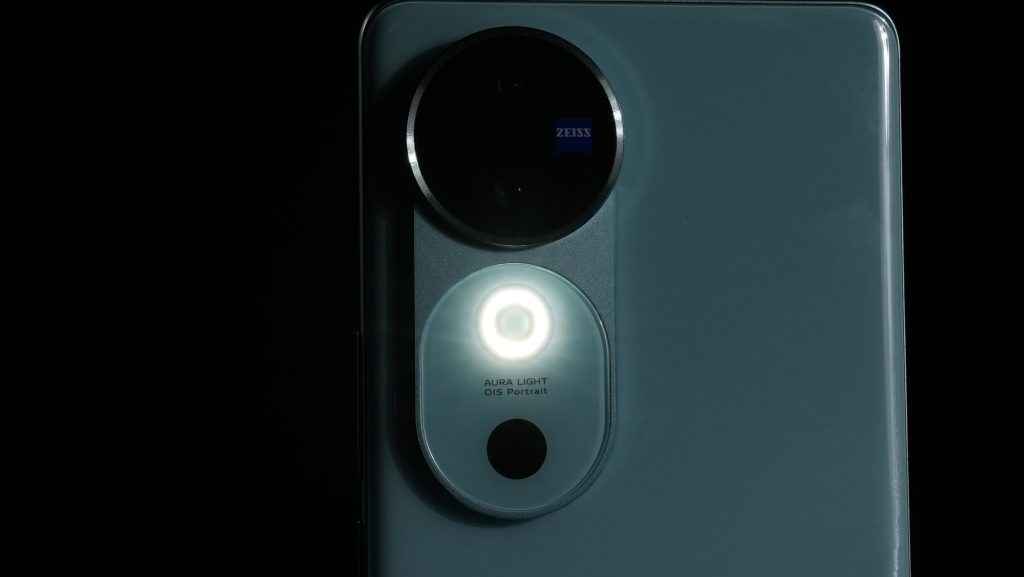
While the lack of a telephoto lens and some bloatware might blur the lines of perfection, the Vivo V40 still manages to focus on what matters most: delivering a solid, camera-centric experience that doesn’t fizzle out when it counts – particularly portraits and low light photography. However, if you already have the Vivo V30 from last year, there aren’t enough substantial upgrades to make this a compelling switch, even with the all-new Zeiss experience.
Vivo V40 Key Specs, Price and Launch Date
| Release Date: | 09 Aug, 2024 |
| Market Status: | Launched |
Key Specifications
Storage
512 GB
Battery capacity (mAh)
5500
Rear Camera Megapixel
50 + 50
Screen size (in inches)
6.78
Dhriti Datta
Perpetually sporting a death stare, this one can be seen tinkering around with her smartphone which she holds more dear than life itself and stuffing her face with copious amounts of bacon. View Full Profile


